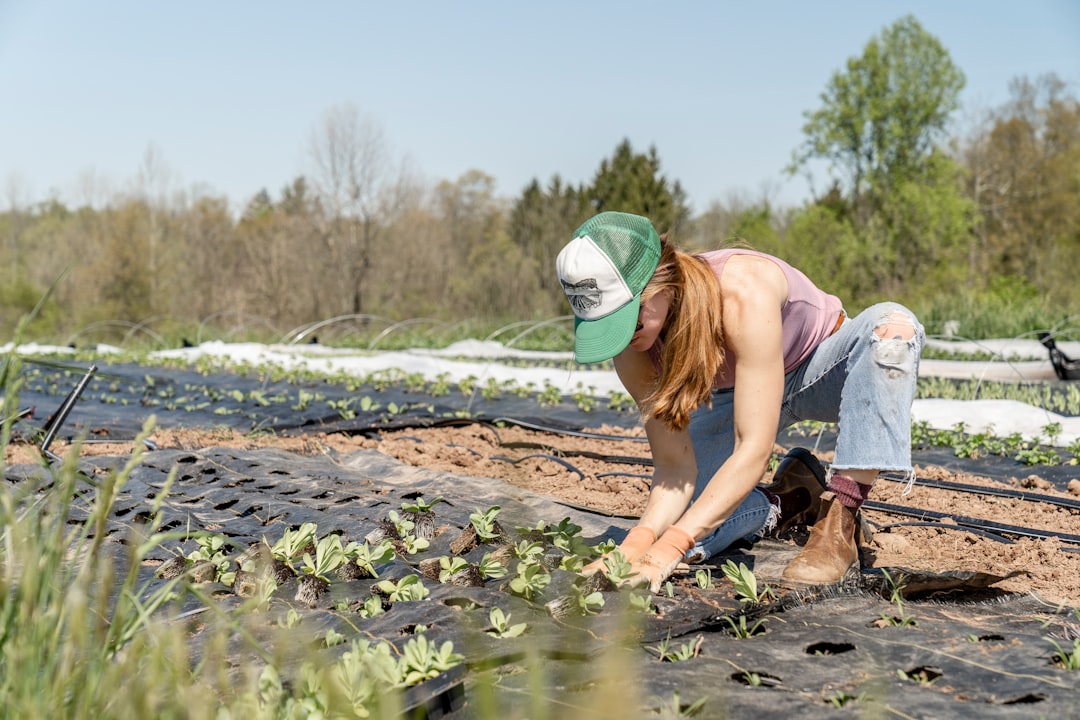What is it about?
The grassland of Inner Mongolia, China, has experienced a decrease in area. To provide useful information for artificial grassland restoration, the germination characteristics of four native grass species, Leymus chinensis (Trin.) Tzvel., Agropyron cristatum (L.) Gaertn., Bromus inermis Leyss. and Elymus dahuricus Turcz., were compared under laboratory conditions. The seeds of A. cristatum and B. inermis showed >70% germination at a wide range of temperatures from 10 to 30°C with or without light. Seeds of E. dahuricus did not show clear dormancy, but required a rather high temperature (20–30°C) for germination. When the temperature was alternated between day and night, it was the higher of the temperatures (the daytime temperature) that largely determined the percentage of germination. The germination of E. dahuricus was higher (max. 87%) in darkness than in light (max. 58%). Intact seeds of L. chinensis showed considerable germination (47%) only under a widely fluctuating temperature (30/10°C). Additionally, the dehusking of L. chinensis seeds improved the germinability at a constant temperature. These results are suggestive of a different regeneration niche among the four species, which should be taken into account when selecting the species and method for grassland restoration.
Featured Image
Read the Original
This page is a summary of: Germination characteristics of four common perennial grasses of Inner Mongolian grassland, China, Grassland Science, February 2014, Wiley,
DOI: 10.1111/grs.12043.
You can read the full text:
Contributors
The following have contributed to this page










